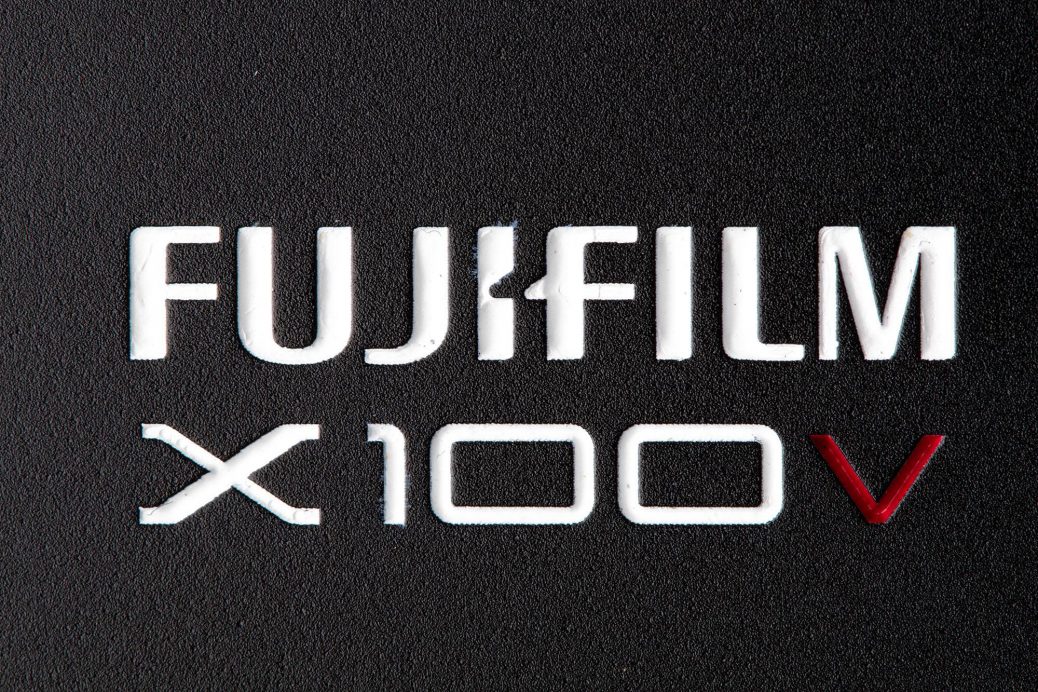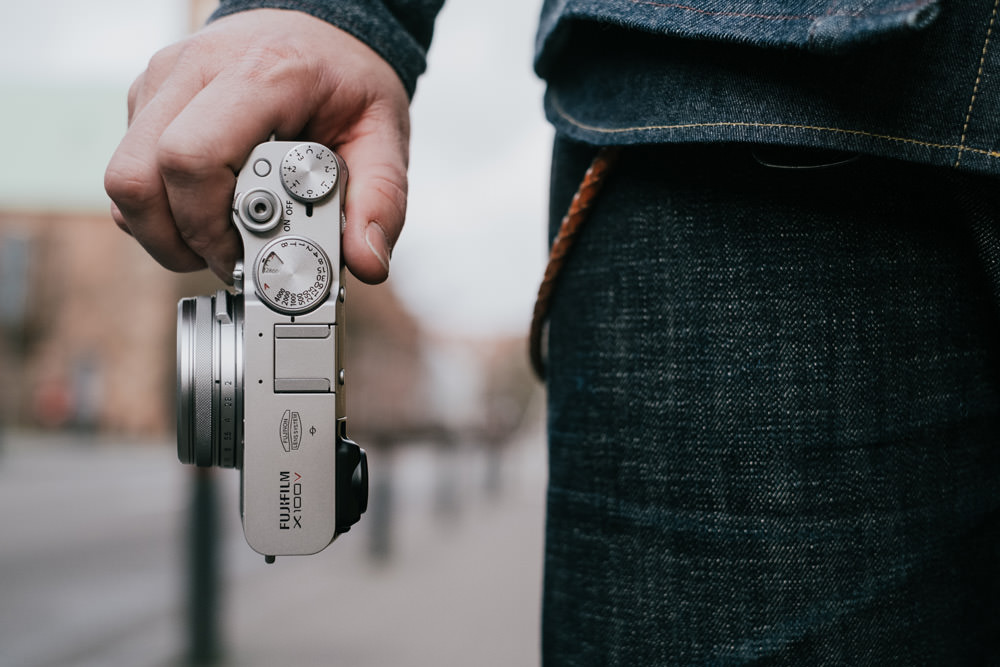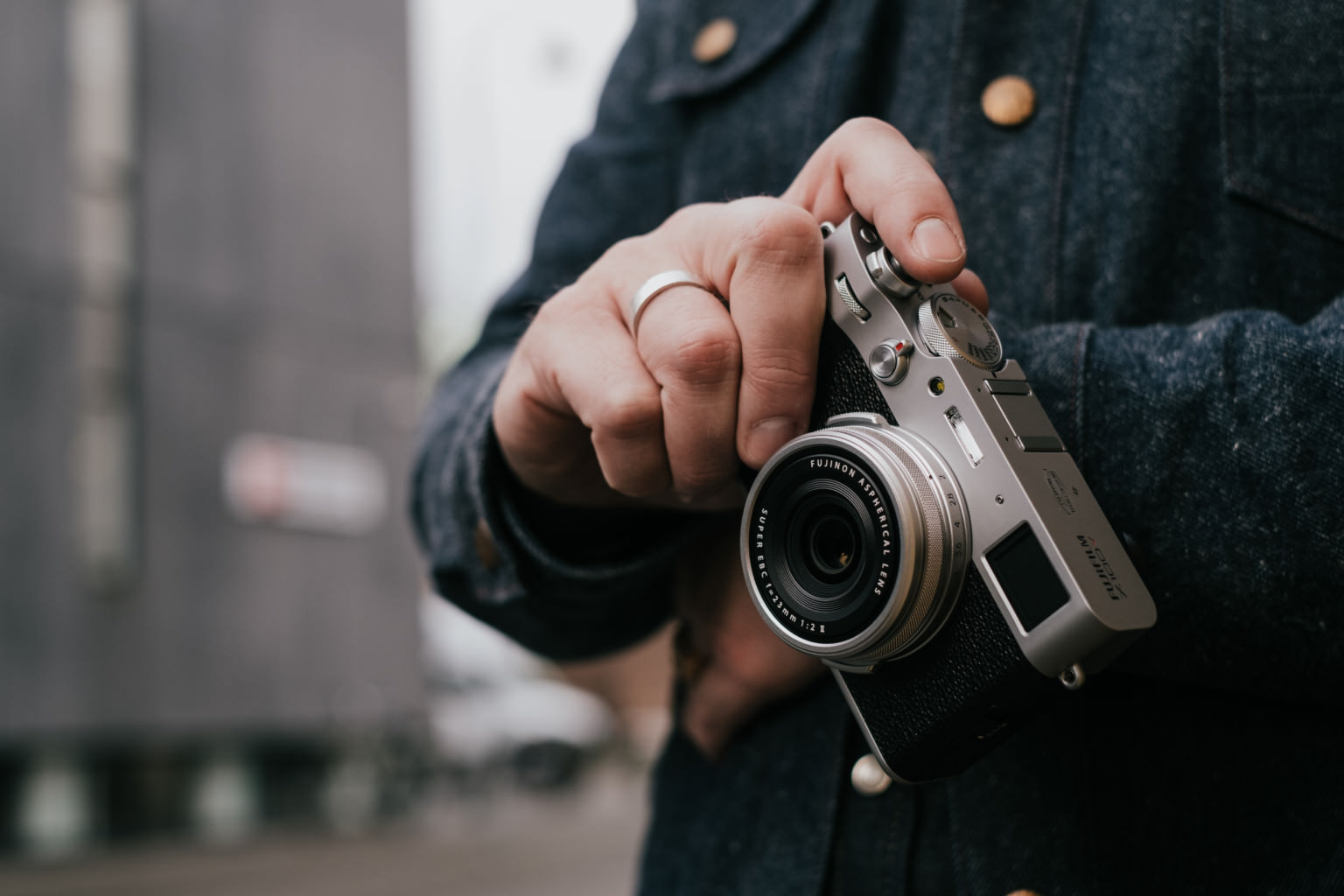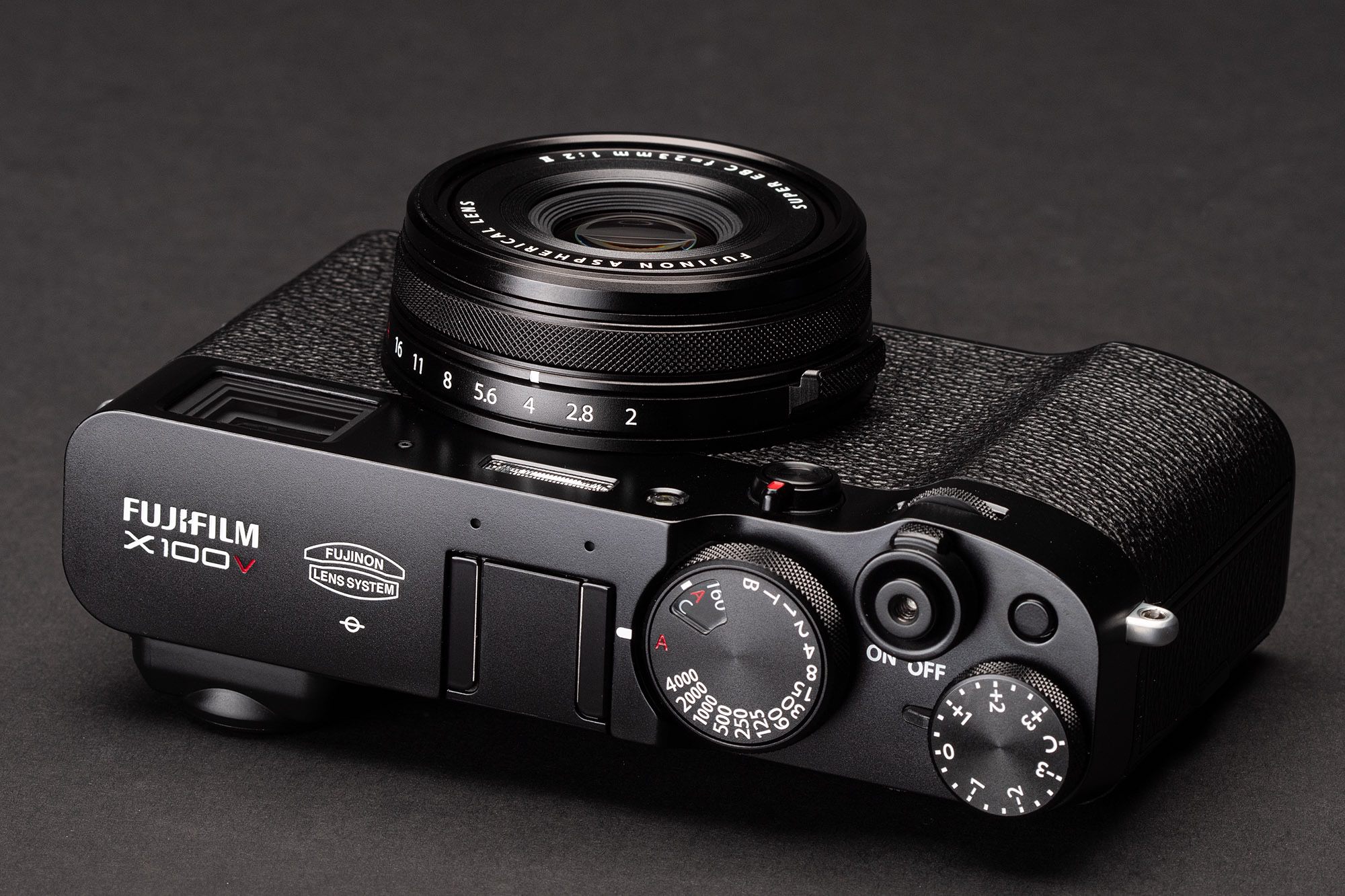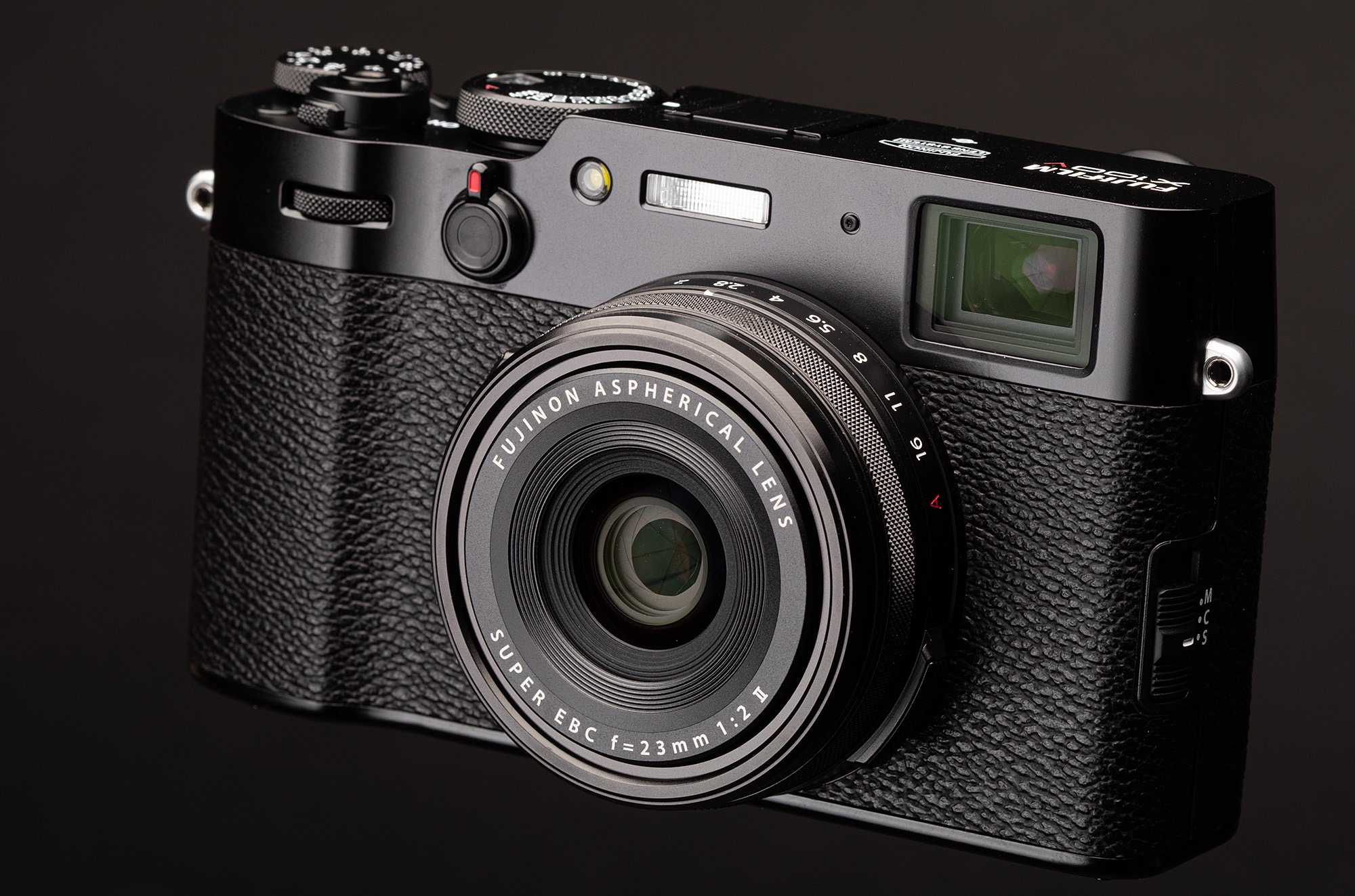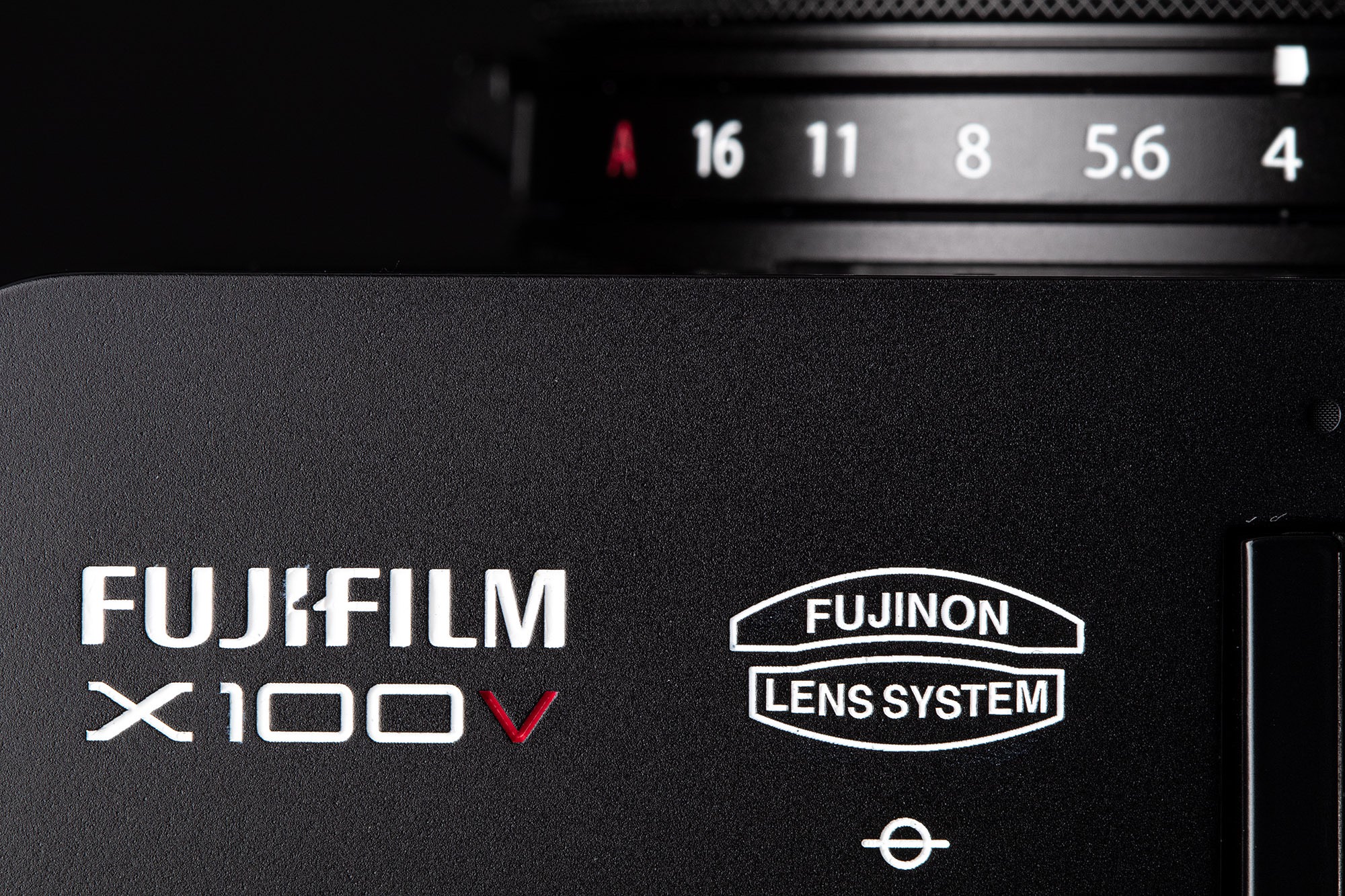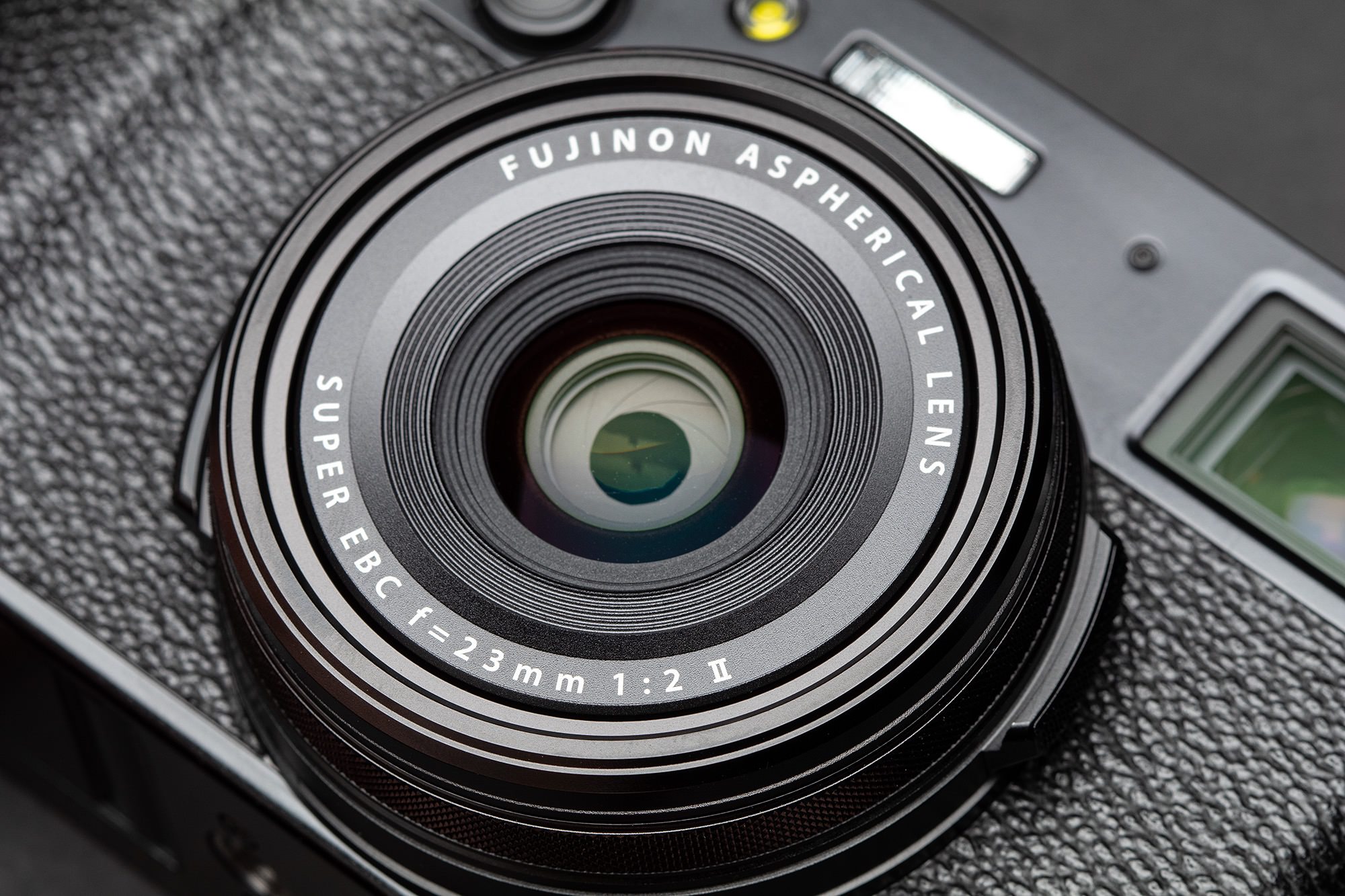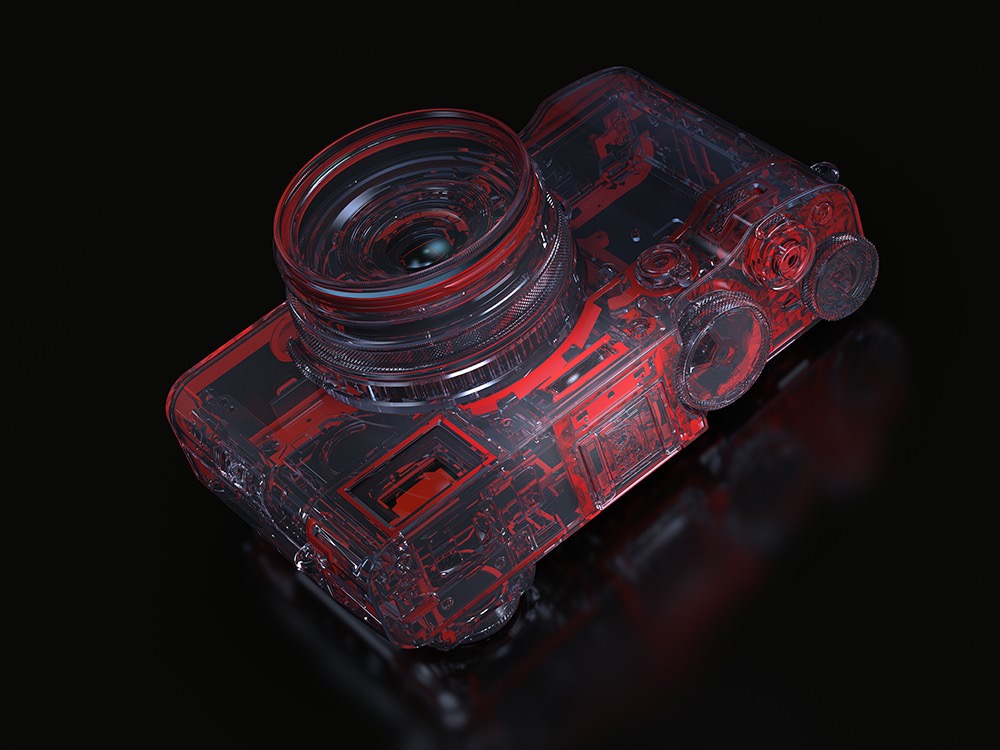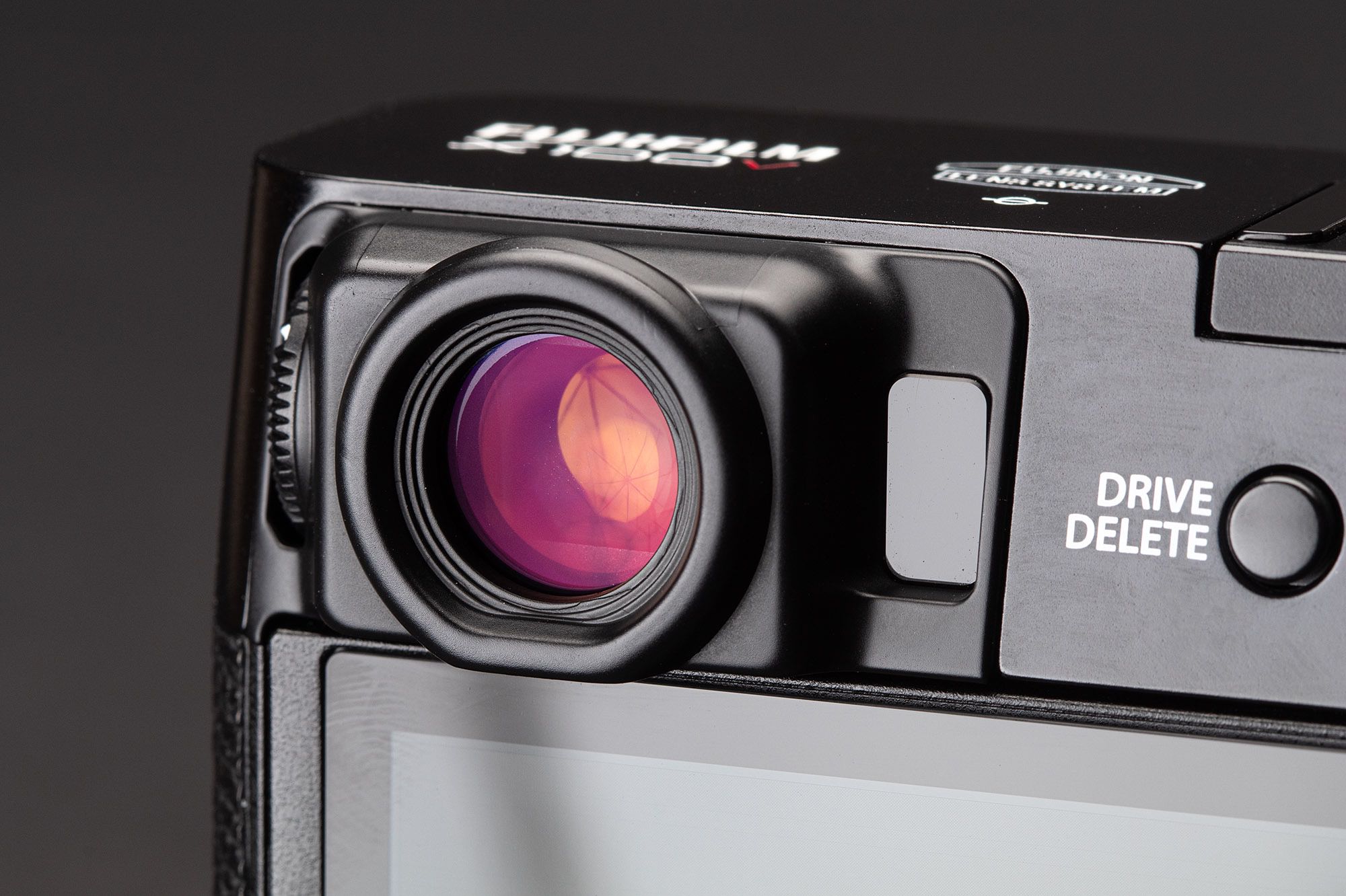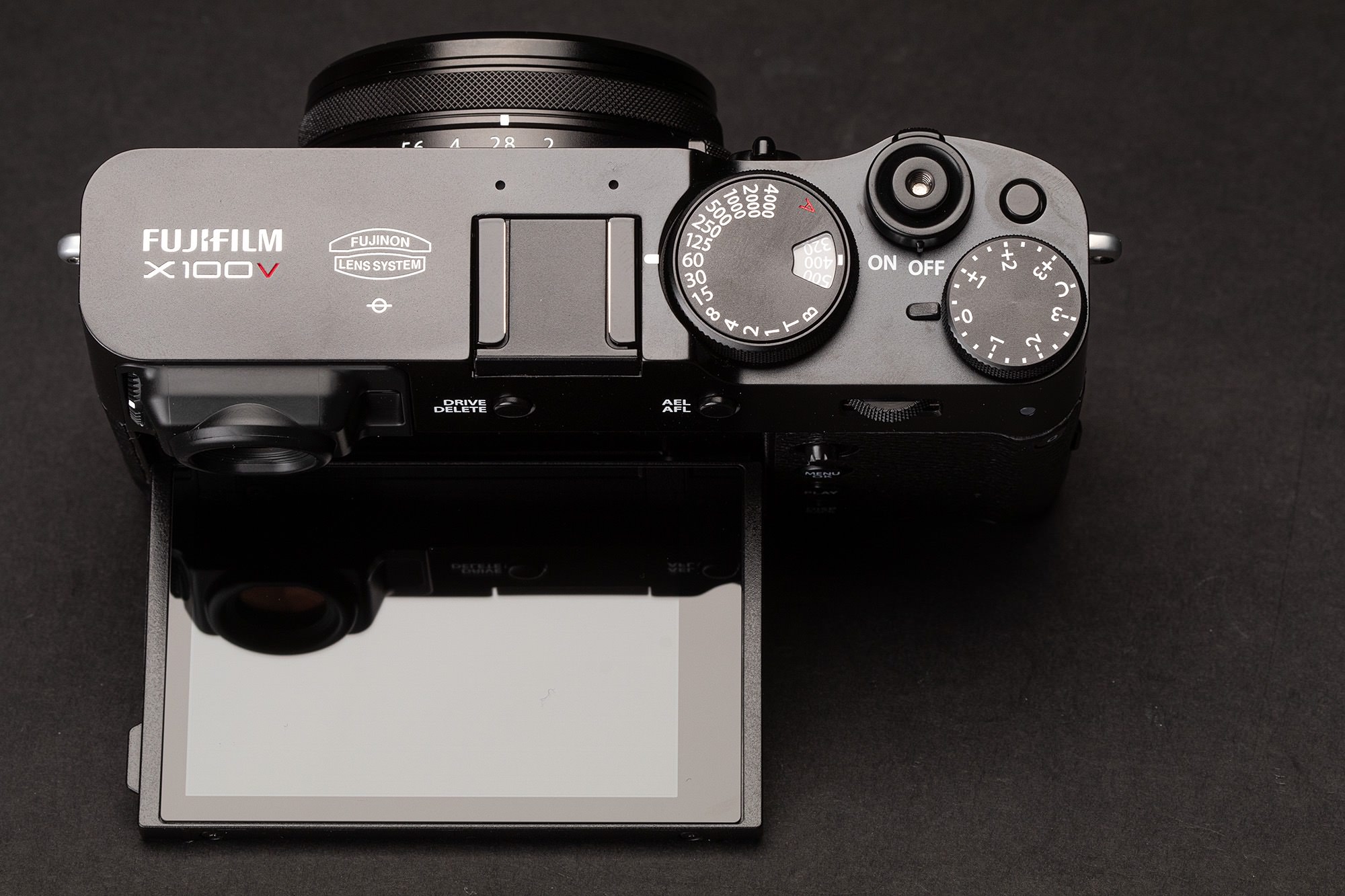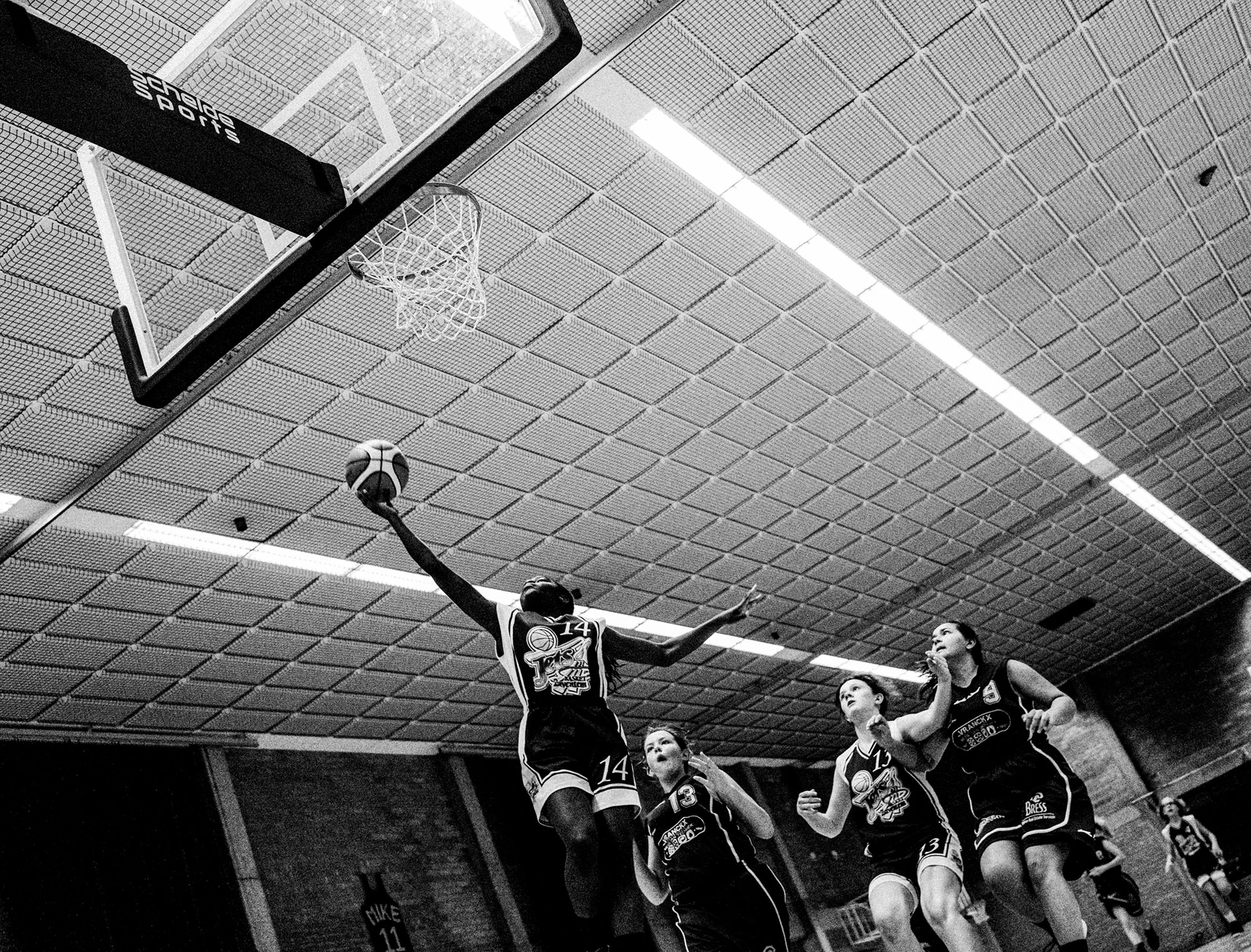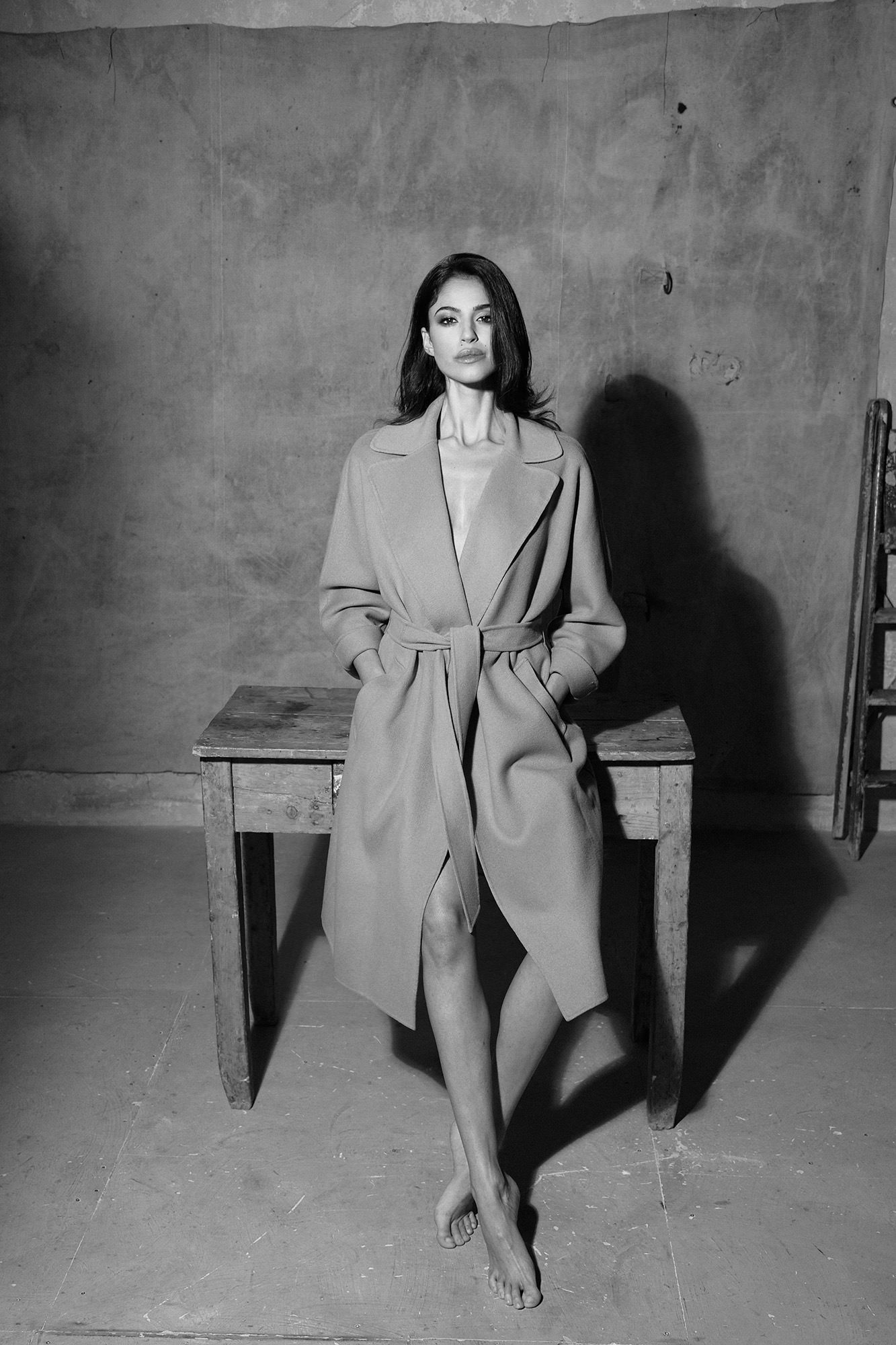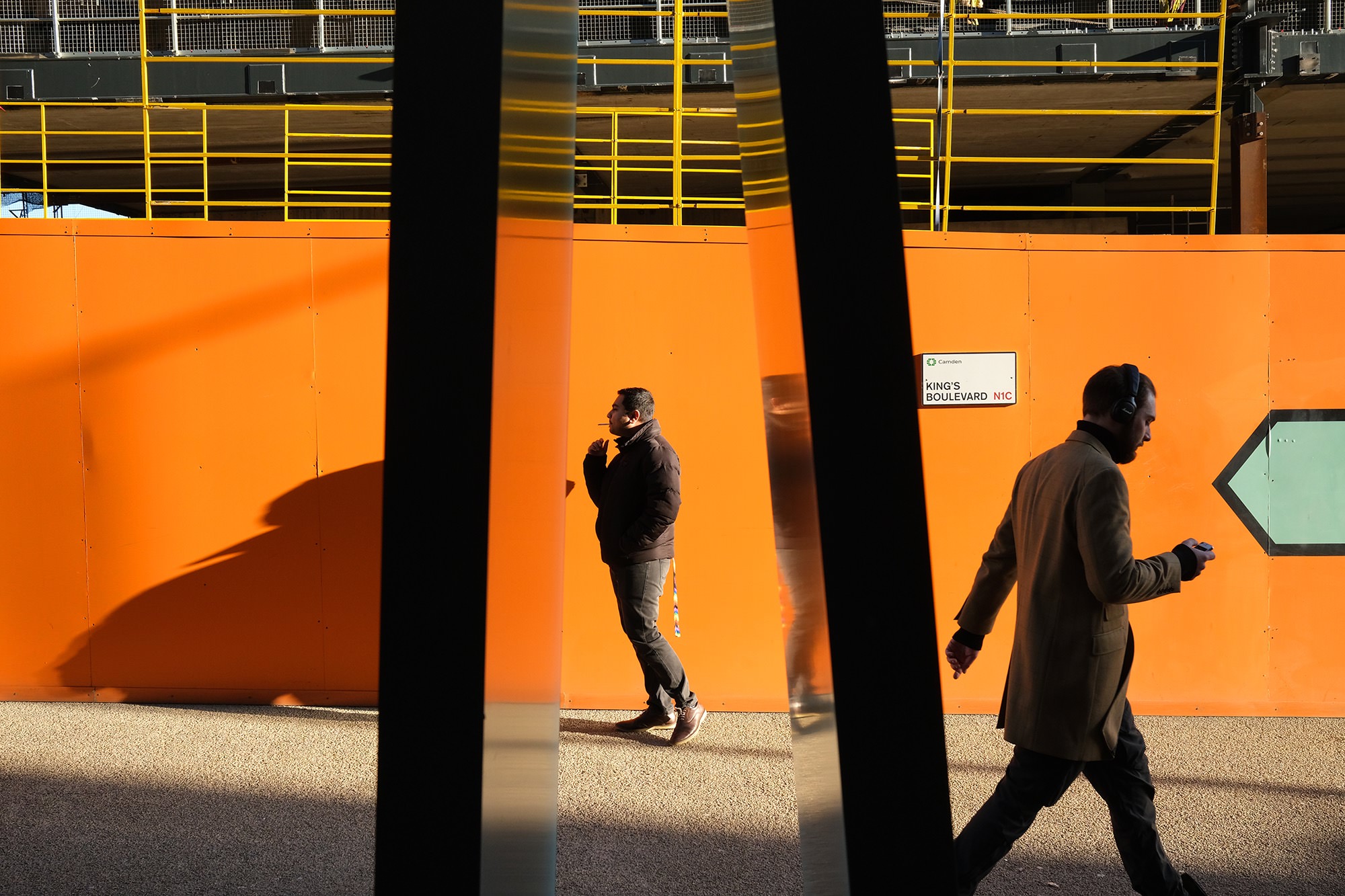The New Premium Compact Fixed-Lens Fujifilm X100V Camera Focuses on Refinement
From the stage of the third round of X Summit in London, Fujifilm announced the fifth entry in its X100 series camera since the original model debuted almost a full decade ago. Through each successive iteration, Fujifilm has made its large-sensor, prime-lens compact camera more and more capable, updating the company’s take-everywhere camera with a new lens, a new sensor, a tilting rear LCD, and more.
Long story short: this is surely a dream camera for every street photographer.
The new Fujifilm X100V is replacing the X100F that came out over three years ago, so how does it improve on its predecessor?
For all the big feature upgrades on the new version, there are a significant number of small refinements that may fly under the headline radar. Let’s take a look at some of them here:
- 26MP X-Trans sensor
- Redesigned lens (but still a 23mm F2 pancake)
- Built-in 4-stop ND filter, compatible with previous lens converters
- Tilting 1.62M-dot touchscreen LCD panel
- Updated 3.69M-dot OLED EVF, redesigned OVF optics
- Up to 4K/30p with Eterna film sim and F-Log internal capture (8-bit only)
- 2.5mm mic port, headphones through USB-C with adapter
- Weather-sealed, when filter adapter and filter are used
- Single SD card slot
- CIPA rated to 350 shots using the EVF, 420 using the OVF
The X100V now shares the same (4th generation) 26.1-megapixel X-Trans IV CMOS APS-C sensor as the X-T3, X-T30, and X-Pro3. This means you get 26MP of resolution from a BSI-CMOS sensor with the company’s trademark X-Trans color filter array. You also get a new lower native ISO value of 160, though the native maximum remains 12800.
This means the Fujifilm X100V is effectively like an X-Pro3 with a fixed lens – in other words, a charming retro compact that should be ideal for street photography and travel shooting.
The new sensor brings with it a new on-sensor phase detection autofocus system (also borrowed from the X-Pro3), which has 425 AF points that are spread across almost the entire frame (up from 325 points on the X100F). Tracking autofocus is responsive, performing similarly to Fujifilm’s interchangeable-lens flagships. Face and eye detection should also be improved, but we’ll delve deeper into that when we have a production camera to test.
The X100V also gets the X-Pro3’s customizable focus range limiter, which could also be handy for street shooters in particular.
With the upgraded sensor also comes upgraded glass: Fujifilm says the new X100V’s 23mm f/2.0, even at first glance looks identical to its predecessors’ lens, exhibits less distortion than previous X100 cameras and has improved close-focus performance, though the focal length and aperture are both unchanged. Corner sharpness is also better, according to the company. The internal neutral density filter now features four stops compared to three in prior models. Any wide and teleconverters that worked with the X100F will fit on the X100V without issue.
The X100V’s body has switched from the magnesium alloy in previous X100 cameras to aluminum with a satin coating. Few would be able to tell any difference just by looking at it; the timeless design is very similar to the X100F, with some sharper lines in places.
Instead, Fujifilm has made plenty of external changes to the X100V, some obvious and others subtle: but all of them will impact how you take control of the camera.
- Touchscreen function swipes and additional function buttons effectively replace the 4-way controller
- The X100V can be considered weather-sealed when equipped with a filter and the AR-X100 lens filter adapter
- Small design tweaks, customization tweaks, and materials changes abound
- Update to USB-C port from Micro USB
With the arrival of an AF joystick on the previous X100F, users could safely use the enduring 4-way controller as a suite of custom buttons to bring up film simulations, white balance, and so forth, but the X100V’s new touchscreen takes over that behavior.
The grip has been very slightly updated as well, with a bit of a sharper contour on the front of the camera, and a new, shallow ridge on the rear of the camera (the rear of the previous models were flat).
Other body changes include the move to a larger, rounded viewfinder surround, a USB-C port for charging, file transfer and adapting headphones, and subtle tweaks to the size of the flash and the texture on the sides of the dials and knobs.
It bears mentioning that, on the X100F, you could assign one of 36 functions to any customizable control. On the X100V, that’s grown to a whopping 64 functions. The focus ring continues to be customizable to a handful of functions
The X100V’s hybrid viewfinder also catches up to the X-Pro3, with a 3.69-million-dot OLED EVF for situations where you don’t use the optical viewfinder. (You can still put a small electronic frame at the lower right of the OVF to preview images or check your focus.)
Fujifilm has said that the viewfinder on the X100V is essentially the same as that on the X-Pro3, and for this camera, that’s generally a good thing.
This means that the information overlay in the optical mode can be brighter for easier viewing in bright light, but also that when you use the viewfinder in electronic mode, you get much better contrast than with the older LCD panel.
The X100V comes with the most complete video feature set you’ll find on any camera of its type. You get 4K/30p internal recording at up to 200Mbps, with an option for F-log recording for those that want to grade footage in post. For those that want a more usable out-of-camera look, the camera comes with the Eterna film simulation profile.
As with some previous X100 models, you can attach a microphone to a built-in 2.5mm port on the V, but new to this model is the option to use the USB-C port to adapt to a 3.5mm headphone jack, first seen on Fujifilm’s X-T30. You get continuous AF including face detection in video, and there’s focus peaking for manual-focusers and zebra warnings for exposure.
Lastly, the touchscreen allows for Fujifilm’s ‘Movie Silent Control’ option, which passes off exposure settings to the screen: so you can keep your physical dials set as you prefer for stills shooting, with a completely separate set of settings and controls for movies that can be controlled silently.
No stabilization at all, but the small form factor is well-accepted on every gimbal.
Following some picture sample:
The Fujifilm X100V is available in both silver and all-black for $1,400. The silver version will begin shipping in late February 2020 and the all-black version will follow close behind in March.
More info on Fujifilm’s website.

